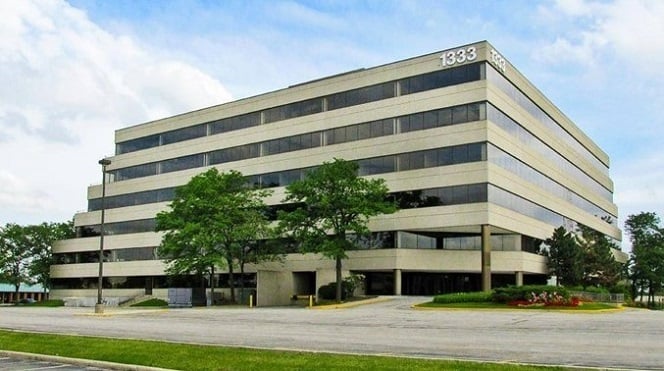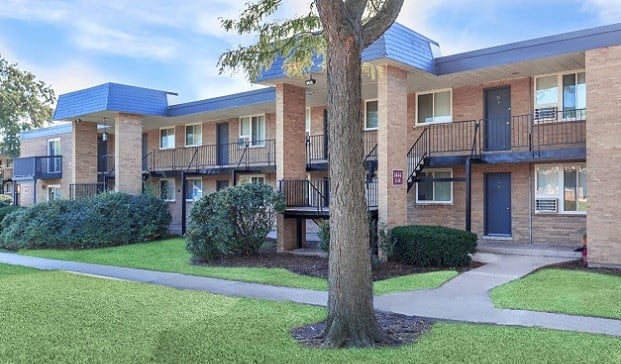SAN DIEGO—Landscapes are still being designed at water needs current regulations won't sustain, and quality plant material is becoming a scarce commodity, landscape-management and -design firm Brickman's Group's director of business development Brian Maynard tells GlobeSt.com. Brickman will be exhibiting at the first-ever joint Carnival of Services Expo the on September 15 from 11 a.m. to 3 p.m. at the Doubletree Mission Valley Hotel here, hosted by the San Diego Building Owners & Managers Association and the San Diego Chapter of the International Facilities Management Association. Building owners, asset managers, property managers and facility managers are invited to attend, develop business relationships and learn about the latest tools, technology and services available to increase property value, enhance tenant retention and more. We spoke exclusively with Maynard about landscape design and water-conservation measures his company is involved in and how this area is progressing. Discover solutions to manage and maintain properties more efficiently, reduce operating expenses, save energy, implement green practices and more.
GlobeSt.com: What trends are you noticing in landscape design and management for commercial properties?
Maynard: There continues to be a large push to reduce the water use on our sites. This is being accomplished by a combination of irrigation changes and replacement of traditional high-water-using plant materials to more California-friendly plants. Also, there is an increase in the use of various mulches, decomposed granite and cobble stone.
GlobeSt.com: What strides are being made in landscaping for water conservation in drought-stricken areas?
Maynard: Over the years, we have been reducing our water use as an industry. With the drought-prompted two-day-a-week irrigation requirements here locally, we are seeing additional reductions of 25% to 30% on our managed sites. The trees are showing signs of stress, so we are adding additional water to prevent tree loss. Green turf is the exception in San Diego County and is mostly on recycled water sites.
GlobeSt.com: What are the biggest challenges landscape designers face with commercial real estate? Maynard: Landscapes are still being designed at water needs that the current two-day-a-week, five-to-eight-minute water cycles will not sustain. Also, the large number of landscape renovations coupled with new development has made quality plant material a scarce commodity.
GlobeSt.com: What else should our readers know about landscape design and management?
Maynard: I think we will see a large increase in the use of warm season grasses like Bermuda grass that can survive on less water. Changes need to be made to get deeper water to the trees on sites, since the drought conditions are jeopardizing the health and overall survival of site trees. As an industry, we need to push the water agencies to allow us as professionals the flexibility of watering three days per week, but still keep us on areasonable water budget.
© Touchpoint Markets, All Rights Reserved. Request academic re-use from www.copyright.com. All other uses, submit a request to [email protected]. For more inforrmation visit Asset & Logo Licensing.






